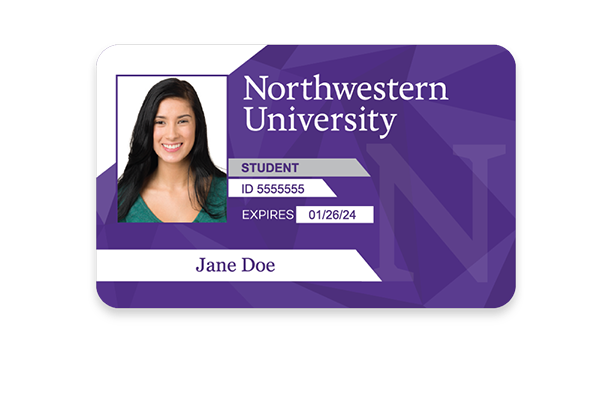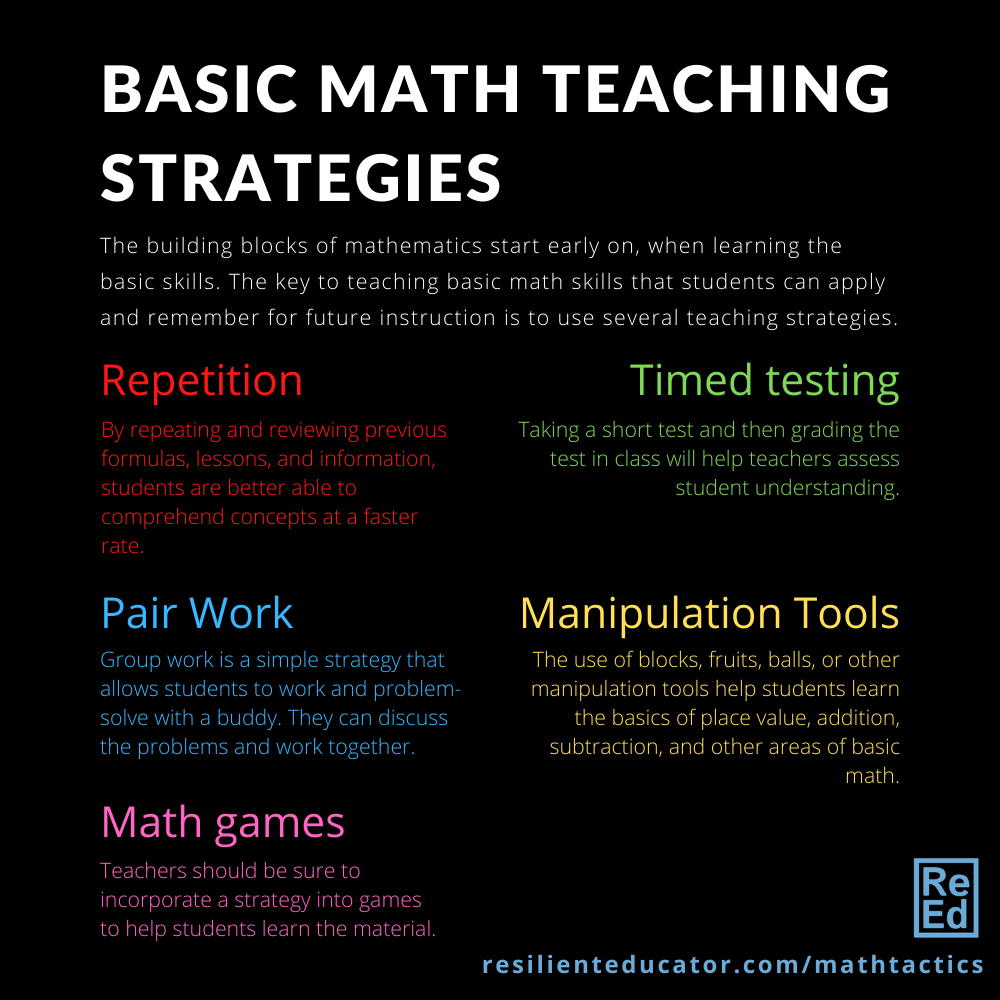
It can be challenging to compare numbers. But there are some ways to make the process easier. First, ensure you understand the decimal numbers rules and their most important digits. Then, make sure that you know what to look for when comparing numbers of varying types. To help you compare numbers, you can use a worksheet.
Comparing 1/10 versus 0.1
0.1 equals one tenth the whole number. So, if 1.0 represents a pizza, then 0.1 would be one tenth. Those numbers are not the same, but a simple comparison of one of them will make the difference clear.

It is not difficult to confuse the fractions. One tenth does not equal 0.1. They are both not more than 0.1 so 0.14 is the correct answer. However, you can convert the fractions to make sure you get the larger numerator. How do you determine which one is bigger?
comparing decimal numbers
While comparing decimal numbers and whole numbers is simple, students can sometimes struggle to determine the meanings of place values. Some students may place more importance on the length of a number than the place value. Additionally, they might base their perception of relative size on how many digits are involved. For example, they might say that 1576 is larger than 742 because it contains more digits, but this isn't necessarily true.
If you are comparing decimal numbers, it is a good idea to first put them in a table of place values. Add a zero to the number that is in the tenth position. These two numbers are now equal. Next, compare the remaining numbers to determine if they're equal. Then you will be able to see which one is larger.
The Comparing Decimal Numbers Worksheet was created by math educators who have extensive experience. This worksheet is meant for students in upper-grade classes of math. It encourages students to use equals to greaters and lesss symbols when comparing decimal numbers. Students can use it in their math lessons to reinforce place value knowledge. This worksheet can be used for warm-up, mid-term or end-of-class checks.

For decimal numbers to be compared, the place values of each digit must match the first digit. This makes it much easier to compare the numbers. To compare decimals, you can also use a number-line.
FAQ
What are some ways you can get scholarships?
Scholarships can be granted to help cover college expenses. There are many types to choose from. These are:
-
Federal Grants
-
State Grants
-
Student Loans
-
Work Study Programs
-
Financial Aid
Federal grants come directly from the U.S. government. Federal grants generally require that applicants meet certain criteria. To demonstrate financial need, applicants must meet certain requirements.
Individual states offer state grants. Some states offer state grants based only on financial need. Other states award money for specific reasons.
Student loans are issued by banks and other lending institutions. Students are often able to borrow money for expenses such as tuition or living expenses.
Employers can use work-study programmes to attract qualified students. Employers must pay at least the minimum wage to their employees.
Financial aid allows low-income families to afford college by paying for all or part of their tuition costs.
What does early childhood education mean?
Early Childhood Education (ECE) is a field that helps children to become healthy and happy adults. It covers everything, from teaching them to read to preparing them to go to kindergarten.
Early childhood education's goal is to help children learn through age-appropriate experiences.
Early childhood educators are often called upon to assess the developmental needs of each child they come across. This helps to decide whether a particular program is best for each child.
Parents have the chance to interact with teachers, other professionals and parents who have worked with young children.
The role of parents is equally important in the early childhood education. They need to know how best to care for their children.
Parents are also welcome to participate in activities to help their children learn skills they will use throughout their lives.
Preschool education is sometimes called early childhood education. However, this term can be used interchangeably with daycare centers. Prekindergarten education usually starts around three years of age. Early childhood education is very similar.
What's the difference between college and school?
Schools are usually divided into classes (or grades), with a teacher who is responsible for teaching a specific class. Colleges, which are often larger and offer more specialized classes, may also include university-level programs. While schools tend to focus on the basics, colleges can offer courses in a wide range of subjects, including science, language, business, and arts. The curriculum at both levels is designed to prepare students for further study at higher levels.
What is the best way to start teaching early childhood?
The first step is to decide if you are interested in a career as an early childhood educator. Then you will need your bachelor's degrees. Some states require that students earn a master’s degree.
You will also likely need to attend classes during the summer months. These courses are about pedagogy, the art of teaching, and curriculum development.
Many colleges offer associate programs that lead to teaching certifications.
Some schools offer certificates, while others offer bachelor's and master's degrees. However, some schools only offer diplomas.
If you plan to teach at home, you may not need any additional training.
What is homeschooling, exactly?
Homeschooling is an educational method where children are educated at home by their parents. It's also known as home education, self-education, and home educating.
Families who wish to homeschool their children are well served by this option. This allows them access to a quality education while staying at home.
They educate their children right from birth through high school. They choose which subjects to study and how long each subject should last. The student learns everything on his/her own time.
Parents decide when to begin teaching their children. Many schools recommend that children attend classes from age four until twelve years old. However, some families prefer to wait until their children are in kindergarten before they start teaching.
Parents may use any number of resources to guide them through the curriculum. Videos, books, websites, magazines, and even magazines can provide valuable lessons.
Many families find that homeschooling is a good fit for their hectic schedules. Parents can spend more time with their children than in traditional public schools.
How do I apply to college?
There are many different ways to apply to college. Start by speaking with your high school admissions counselor. Many high schools use online applications. Contact local colleges for more information. Many colleges will accept applications through the Internet via their website.
If you apply by mail, you will need fill out an application and to send copies of all necessary documents. Your personal statement is a chance to explain why you are interested in attending this institution and what it would mean for you. It is also helpful for admissions committee members to understand your goals, motivations, and values.
You can download sample essays from this website.
Statistics
- In most developed countries, a high proportion of the population (up to 50%) now enters higher education at some time in their lives. (en.wikipedia.org)
- They are more likely to graduate high school (25%) and finish college (116%). (habitatbroward.org)
- Data from the Department of Education reveal that, among 2008 college graduates, 92.8 percent of humanities majors have voted at least once since finishing school. (bostonreview.net)
- Among STEM majors, that number is 83.5 percent. (bostonreview.net)
- Think of the rhetorical power of nineteenth-century abolitionist Harriet Beecher Stowe, Martin Luther King, Jr., or Occupy Wall Street activists with their rallying cry of “we are the 99 percent.” (bostonreview.net)
External Links
How To
How to get started in homeschooling
Homeschooling is a method of teaching children subjects at home. This includes reading books and watching videos, performing exercises, listening to music, and learning through various methods. Because they allow students to learn at their pace and develop skills like problem solving, creativity and self-discipline as well communication and social skills.
It is very common nowadays to see people who want to educate their children at home, especially parents who work full-time and do not have enough time to spend with their kids. They have the option of homeschooling which allows them to put their energies into their children's education without needing to worry about someone taking care of them at work.
There are many advantages to homeschooling. Some of these benefits include: developing the ability and creativity to think critically and creatively; increasing their knowledge base; improving their language skills; developing their personal identity and becoming independent learners.
Homeschooling has one main goal: to give quality education to children in order to help them become successful adults. There are certain prerequisites that must be met before you start homeschooling. This includes determining whether your child qualifies to attend private or public schools. It is important to choose the right curriculum for homeschooling. There are several types of curricula available online that you can choose from depending on your preference, budget, and level of expertise. Some of these include classical, Montessori, Waldorf, Reggio Emilia, Charlotte Mason, unschooling, natural learning, and others. It is also important to have the resources you will need to teach your child. This means buying books, educational materials as well as computers, electronics, toys, and games. These items are available online and in your local store.
Once you have completed all the steps mentioned above, the next step would be to register yourself as a homeschooling parent. It is best to ask your state education department for help. You can fill out the necessary forms and receive guidance about how to start homeschooling.